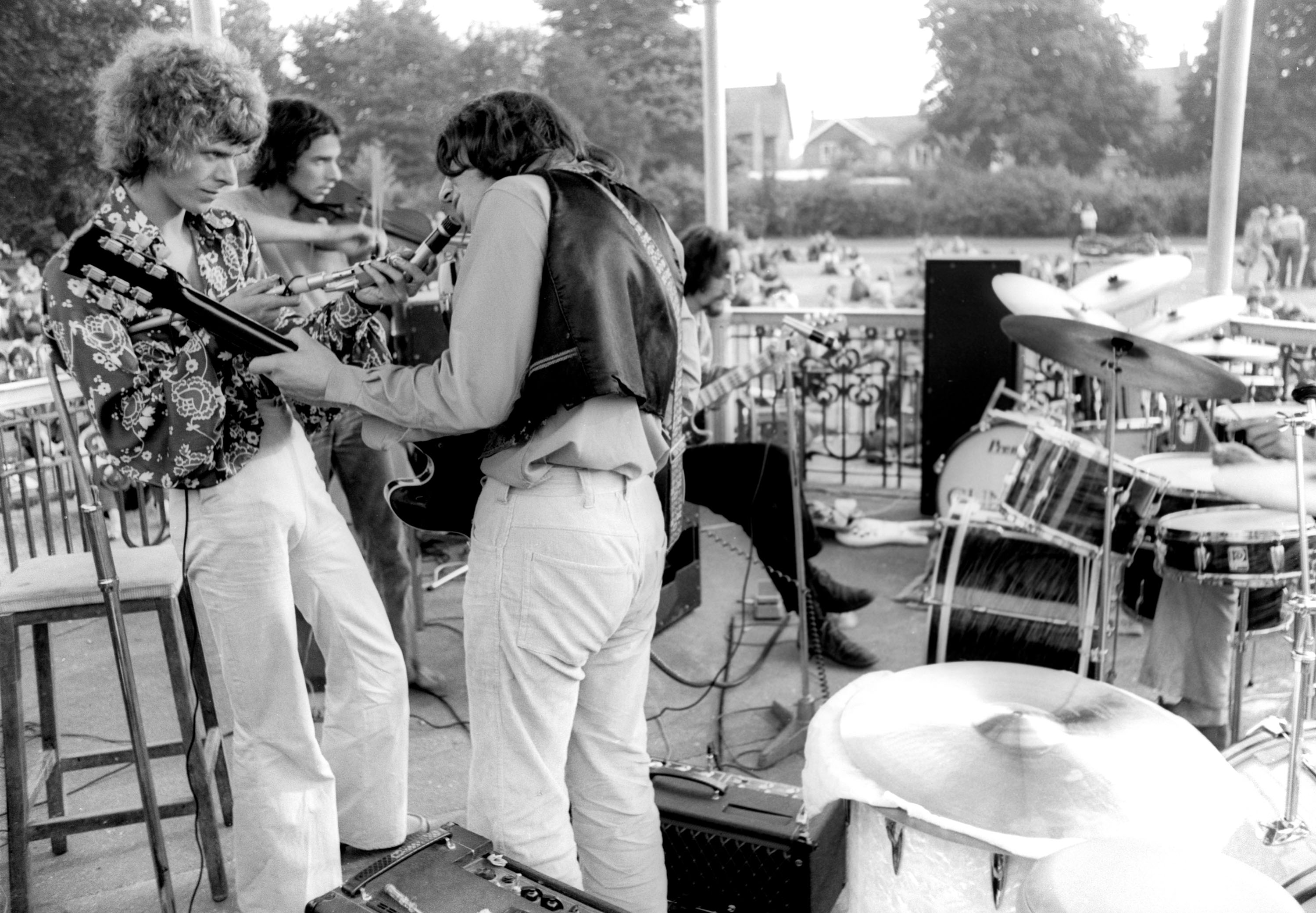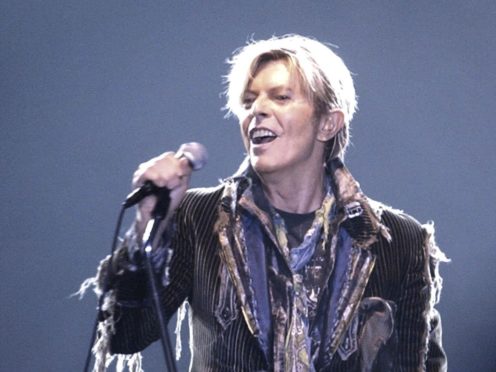A south London bandstand associated with David Bowie has been Grade II listed.
The singer performed to an audience of just a few hundred at the structure in Croydon Recreation Ground in the summer of 1969, soon after the release of Space Oddity, Bowie’s first hit single.
It has been suggested that the star, who died in 2016, may have penned the lyrics to Life On Mars from the steps of the cast iron bandstand.
The 1905 bandstand is in Beckenham, where Bowie lived in the home of landlady-turned-lover Mary Finnigan.
She said he composed many songs while living under her roof.
Soon after Space Oddity, Bowie and his friends organised the Growth Summer Festival.
The event was designed to raise money for a permanent base for his and Finnigan’s Beckenham Arts Lab project, which began life as a folk club in the backroom of the nearby Three Tuns pub.
The bandstand was the centrepiece of the one-day festival, which Bowie helped to organise, compere and perform at 50 years ago today (Friday).
The event later inspired Bowie to write the seven-minute song, Memory Of A Free Festival.

Historic England chief executive Duncan Wilson said: “Walking past this typical yet characterful bandstand, you probably wouldn’t expect it was once the stage for a young man who would become one of the most iconic musicians of the 20th century.
“It is a rare survival from a historic iron foundry in its own right, but its significance as a site that inspired David Bowie shows us how powerful our historic places can be and how important it is that we protect them so they will continue to inspire people for years to come.”
The first bandstands in England were built in the Royal Horticultural Society Gardens in Kensington, London, which opened in 1861.
The bandstand, owned by Bromley Council, has been Grade II listed by the Department for Digital, Culture, Media and Sport on the advice of Historic England.

It is thought to be the only surviving example from the McCallum and Hope Iron Foundry in the country.
The festival, now in its 50th year and known as Bowie’s Beckenham Oddity, takes place on Saturday.
Heritage minister Rebecca Pow said: “David Bowie is a cultural icon and 50 years on from his performance at the ‘Bowie Bandstand’ in Beckenham it is right that we remember his influence on music and culture in this way.
“Our country’s music industry is a huge success story and artists like David Bowie will always play an important role in how the rest of the world views the UK, helping us to attract millions of visitors each year to experience and enjoy our rich history and culture.”
